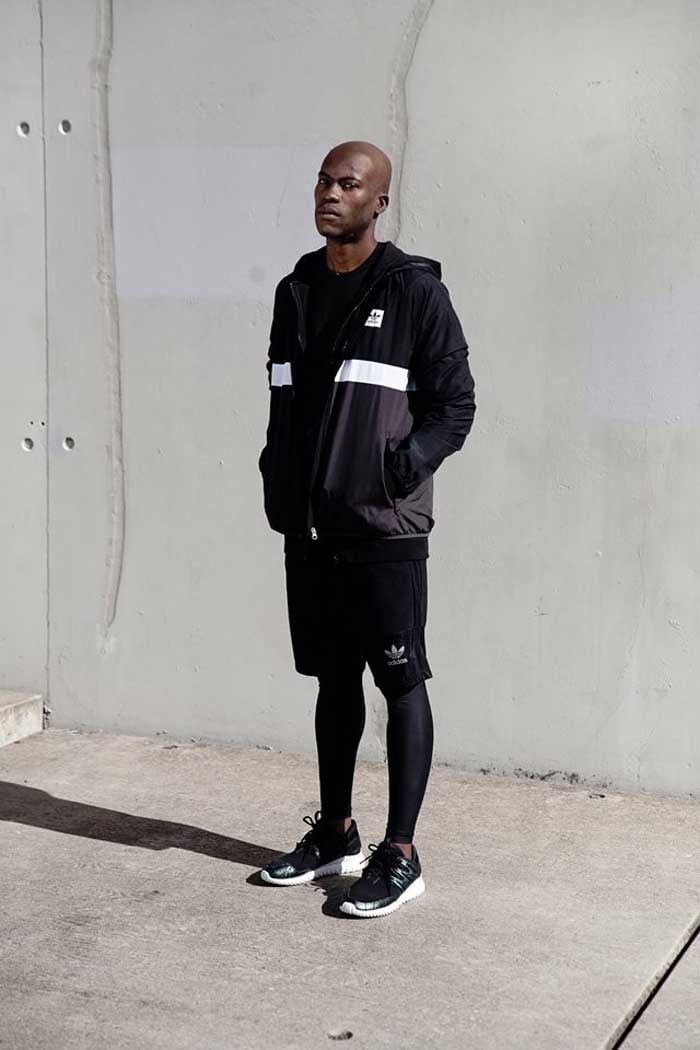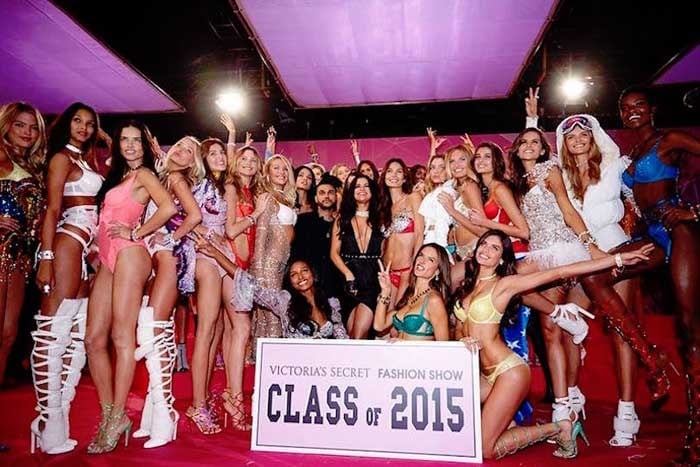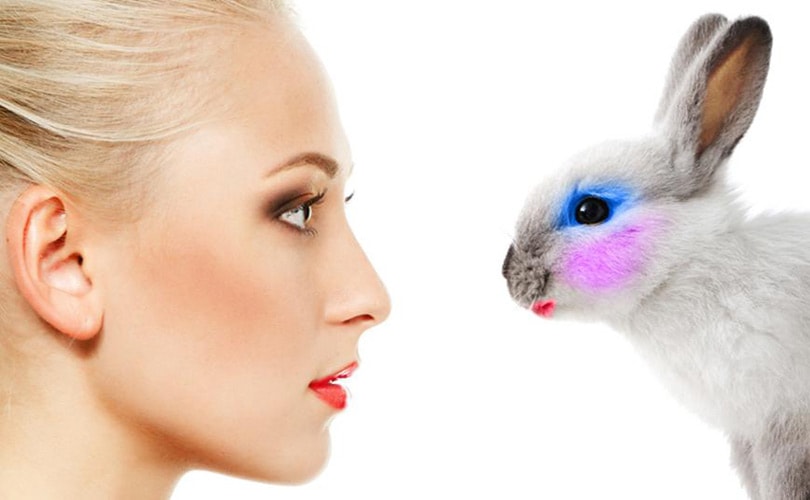Fashion-united: For a brand to be popular, they have to conquer Instagram, be huge on Facebook, and get their Tweets on Twitter retweeted to expand their reach. But, which fashion brand has become the most popular of 2015? Well, FashionUnited analysts have been calculating each global fashion brand’s reach taking into account their social media followers on Instagram, Facebook, Twitter and Pinterest, as well as social mentions using hashtags and retweets, and finally adding how much Google search traffic each brand received.The top 10 most popular fashion brands is a mix of sportswear, high street retailers, lingerie giants, as well as luxury designer brands.
1. Nike

Topping the top 10 most popular fashion brands for 2015 is sportswear giant Nike. Known for its athletic design, development and manufacturing, across every area of sport, Nike has become a formidable name in fashion, helped along by the rise of the trainer as more than a sportswear accessory, but rather a fashion statement. Its top spot is helped by its large number of social media followers, on Instagram the brand has more than 31 million followers, while on Twitter it has 11 million followers, but it’s the incredible 75 million fans on Facebook that keeps it ahead of the other fashion brands. As well as huge social media numbers its fans also keep its reach growing with close to 40 million Instagram hashtags being used in 2015, that’s more than three times higher than the number two, Zara received. It is also the brand with more than 2 million retweets. Its popularity on social media is driven by its fun and rememberable hashtags, like #BringYourGame used to promote basketball, #GetOutHere to drive its Nike training kit, and the use of #FearlessAcceleration for baseball. It is also assisted by numerous sports personalities including tennis star Serena Williams, footballer Cristiano Ronaldo and basketball star Kobe Bryant.
2. Zara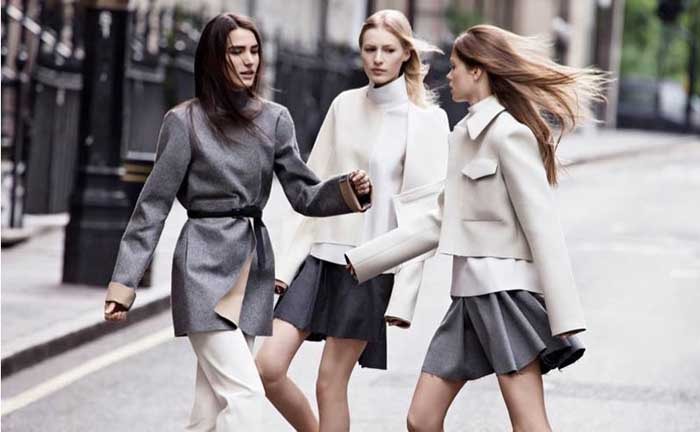
Spanish fashion retailer Zara is the first of four high street names to make the top 10, H&M came in third, Forever 21 in seventh, and Mango claimed ninth spot, however, Topshop could only manage thirtieth spot and value retailer Primark was down in 21st place. Zara, which belongs to one of the world’s largest fashion chains Inditex, has more than 6,900 stores worldwide, and earned second place due to the large amount of Google search traffic, with shoppers searching for Zara more than 160 million times during 2015. Its social media reach doesn’t quite rival H&M, Zara has nearly 8 million Instagram followers and just over 1 million followers on Twitter, all less than H&M, however it does boast three times more Instagram mentions than the Scandinavian fashion chain with close to 13 million mentions on the picture sharing channel, helped by the popularity of the fashion brand with style bloggers who tag the retailer in their photographs.
3. H & M
Scandinavian fashion retailer H&M did give Zara a run for its money in the most popular fashion brands of 2015 with high followers on Instagram, Facebook, Twitter and Pinterest. The brand has more than 7 million followers on Twitter compared to just 1 million for Zara, and is helped to third spot with its 11 million followers on Instagram, and 25 million fans on Facebook. The fashion retailer also received in the region of 367,000 retweets in 2015, probably helped by its designer collaboration with Balmain, and its high-profile holiday campaign fronted by Katy Perry. However, these retweets are nowhere near the level that the sportswear brands Nike and Adidas receive.
It seems that the German sportswear brand Adidas is still in Nike’s shadow as it could only managed fourth in the most popular fashion brands of 2015. There was one area in which Adidas overpowered its rival and that’s Facebook as it has more than 80 million fans, however, Nike won through with more Instagram, Twitter and Pinterest followers, and even more Retweets, Instagram mentions and Google search traffic. Nike received more than 37 million mentions on Instagram compared to Adidas who received nearly 4 million, showing that the sportswear giant has a little way to go with its global social media reach.
American lingerie brand Victoria’s Secret took fifth spot, helped by the popularity surrounding its fashion show and its model ‘Angels’. On Instagram, the lingerie brand has close to 32 million followers, making it the most popular brand in our chart on the picture sharing platform, however, the brand only received close to 3 million Instagram mentions, much lower than the 37 million Nike received, which is why it only managed to secure fifth place in the most popular fashion brands of 2015. Its reach is also huge on Facebook with more than 40 million fans, 9 million followers on Twitter, and the lingerie label also takes top spot for the most Pinterest followers in the top 10 with more than 388,000.
6. Macy’s
The only department store to make the top 10 most popular fashion brands is American chain Macy, showing that its heritage and size, it has more than 900 stores across the United States, makes it more popular than UK department stores such as Selfridges and Harrods, who weren’t even listed in the top 40. Macy’s may have significantly lower followers on Instagram, only 460,000, however, the department store makes up for it with large number of people searching for the retailer on Google, with 112 million searches compared to just 72 million for Adidas and 84 million for Victoria’s Secret.
7. Forever 21
Forever 21 is one of America’s best known fashion retailers, known for its affordable clothing, and in recent year’s the fashion chain has been expanding to the UK and Europe, with a flagship located on Oxford Street in London. The fashion brand is helped to seventh spot due to having close to 9 million followers on Instagram, more than Zara in second place and Macy’s in sixth, however significantly less than Nike, Adidas and Victoria’s Secret. Forever 21 does also have two million followers on Twitter, 12 million fans on Facebook, and has the second highest amount of Pinterest followers behind Victoria’s Secret with 267,000. The high street name also received more than 88 million Google searches, twice as much as Michael Kors ranked in eight spot.
8. Michael Kors
American designer brand Michael Kors marks the first of the luxury brands making the top 10 most popular fashion brands, beating off competition from Louis Vuitton who could only managed tenth place, while Chanel was ranked 11th, Gucci in at 14th and Burberry could only manage 16th spot on the fashion chart. Michael Kors took eighth place thanks to a high number of retweets, close to 700,000 and 16 million Instagram mentions of the frequently-used #michaelkors hashtag. Its Instagram mentions are only rivalled by Nike and Louis Vuitton. However, the designer brand known for its handbags, only received close to 45 million searches on Google, the second lowest in the chart.
9. Mango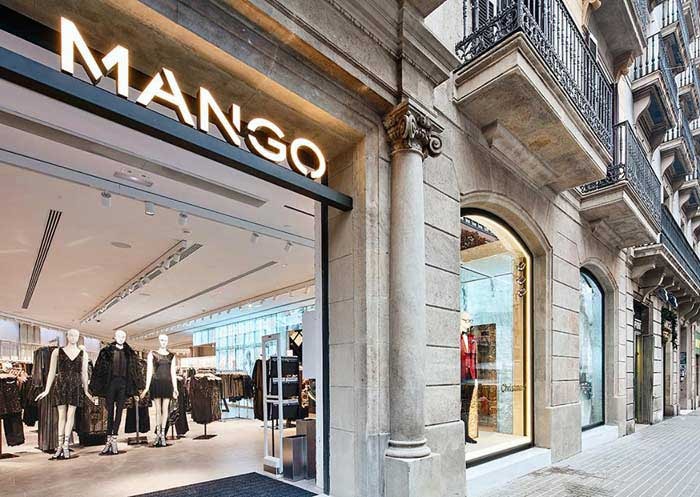
Rounding off the last high street fashion brand in the top 10 is Spanish retailer Mango, which has nearly 2,000 stores in 104 counties. The fashion chain, which is more popular in Europe than the rest of the world, could only manage ninth place due to its lower social media followers, which are below Zara and H&M. On Instagram, Mango has nearly 4 million followers, on Facebook just over 9 million, and on Twitter the retailer hasn’t even hit 1 million with just 739,000 followers. However, the retailer did receive close to six million Instagram mentions and had double the Google search traffic of Louis Vuitton who came in at number 10.
10. Louis Vuitton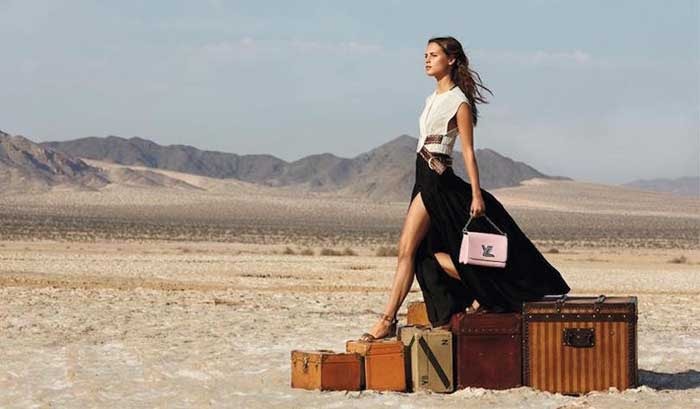
The last fashion brand in the top 10 most popular fashion brands of 2015 is luxury French fashion house Louis Vuitton, only the second luxury brand in the top 10 ranking. The French brand enjoys a large social media reach, with just over 18 million fans on Facebook, more than 8 million followers on Instagram and 5 million on Twitter. The luxury label also enjoys a high amount of Instagram love with more than 19 million mentions during 2015, probably helped by the opening of its free exhibition in London and the popularity of its live streamed fashion shows during Paris Fashion Week.
The most popular fashion brands of 2015 were calculated by FashionUnited based on their social media followings on Instagram, Twitter, Facebook and Pinterest, as well as the number of hashtags and mentions on Instagram, retweets, and Google search traffic results. The final score is weighted in favour of Facebook followers, retweets, Instagram hashtags and Google search, over Instagram and Twitter followers.





